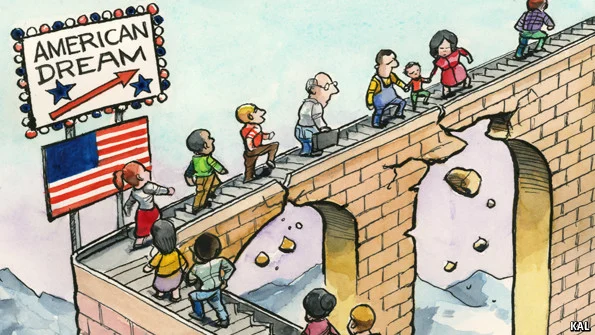The American Dream is a powerful concept that has shaped the narrative of the United States since its inception. It is an ideology that promises limitless opportunity for prosperity and success, regardless of one’s social class or background. This dream is rooted in the ideals of freedom, equality, and the pursuit of happiness, as enshrined in the Declaration of Independence. However, the reality of achieving the American Dream varies greatly among individuals and communities. This article explores the ideals that underpin the American Dream and examines the realities that challenge its attainability for all.
Ideals of the American Dream:
The American Dream is built on several key ideals:
- Equality of Opportunity: The belief that every individual, regardless of their birth circumstances, has an equal chance to succeed.
- Upward Mobility: The possibility of improving one’s living standards and social status through hard work and determination.
- Freedom: The liberty to pursue one’s own goals and live life as one chooses, free from oppression and undue government interference.
- Homeownership: The notion that owning a home is a cornerstone of stability and success.
- Education: The idea that education is a gateway to opportunity and that every child should have access to quality education.
Realities of the American Dream:
While the ideals of the American Dream are inspiring, the realities can be more complex:
- Economic Inequality: The gap between the rich and the poor has been widening, making it harder for those at the bottom to climb the socioeconomic ladder.
- Racial and Social Disparities: Systemic racism and social inequalities mean that not all Americans have equal opportunities. People of color often face additional barriers to success.
- Education Disparities: The quality of education can vary greatly depending on geographic location and socioeconomic status, affecting future opportunities.
- Health Care Access: Access to affordable health care is a significant concern for many Americans, with medical expenses being a leading cause of bankruptcy.
- Political Polarization: Increasing political divisions can hinder the collective effort needed to address systemic issues that affect the attainability of the American Dream.
Challenges to the American Dream:
Several challenges have emerged that threaten the American Dream:
- Globalization: The shift of manufacturing jobs overseas has impacted the American workforce, particularly for those in the middle class.
- Technological Advancements: Automation and artificial intelligence are changing the job landscape, requiring new skills and leaving some workers behind.
- Student Debt: The burden of student loan debt can delay or deter young Americans from achieving milestones like homeownership.
- Housing Affordability: Rising housing costs in many areas make it difficult for average Americans to achieve the dream of homeownership.
- Health Care Costs: The high cost of health care can be a significant barrier to financial stability and upward mobility.
Conclusion:
The American Dream remains a powerful aspiration that continues to draw people to the United States. However, the gap between the ideals and realities of this dream cannot be ignored. Addressing the challenges that hinder the attainability of the American Dream requires concerted efforts from policymakers, communities, and individuals. By working to create a more equitable society, the United States can move closer to realizing the promise of the American Dream for all its citizens. It is through this ongoing struggle and adaptation that the American Dream remains a dynamic and evolving concept, reflecting the changing face of the nation and its people.
